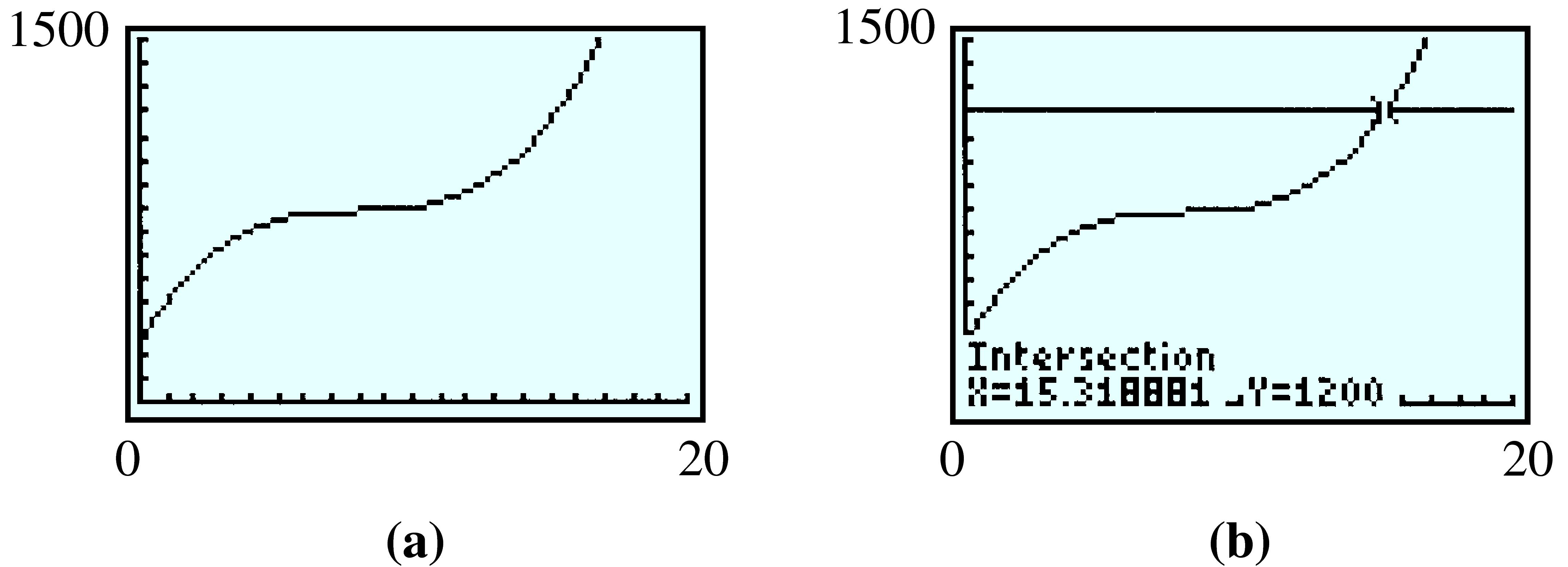Polynomial Function.
A polynomial function has the form
\begin{equation*}
f (x) = a_n x^n + a_{n-1}x^{n-1} + a_{n-2}x^{n-2} + \cdots + a_2x^2 + a_1x + a_0
\end{equation*}
where \(a_0\text{,}\) \(a_1\text{,}\) \(a_2\text{,}\) \(\ldots\text{,}\) \(a_n\) are constants and \(a_n \ne 0\text{.}\) The coefficient \(a_n\) of the highest power term is called the lead coefficient.















